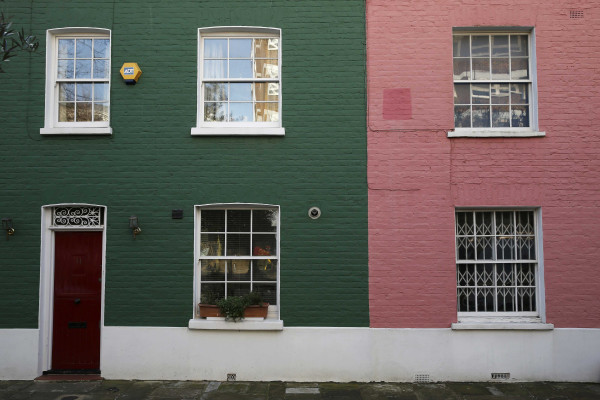

A tribunal has dismissed an argument that a main house and annex were both suitable for use as a single dwelling and qualified for stamp duty land tax (SDLT) relief for multiple dwellings, prompting a lawyer to warn of further disappointment.
In an appeals case concluded in April the first tier tribunal ruled against two individuals who wanted to claim back £10,000 in stamp duty from HM Revenue & Customs on the grounds that they had bought multiple dwellings.
Taxpayers can claim relief when they purchase more than one dwelling where a transaction, or a number of linked transactions, include freehold or leasehold interests in more than one dwelling.
But the tribunal found the pair's purchase, which included a main house and annex, did not count as separate dwellings for the purposes of multiple dwellings relief.
This prompted Sean Randall, a partner at Blick Rothenberg, to caution taxpayers against relying on such claims when buying a property with annex.
He said: "[The] tribunal ruled against two individuals that appealed against HMRC’s decision to refuse to repay £10,000 of stamp duty and this will not be the first with reclaim companies frequently making unsolicited approaches to buyers of houses with annexes offering to get stamp duty back for a success fee.
“This is likely to be the first of a number of tribunal decisions on multiple dwellings relief and annexes.
"In the absence of narrower wording in the statute and the significant tax savings to be made, it is understandable that reclaim companies are testing where the boundary is."
The case
The taxpayers argued that the purchased property consisted of two dwellings, meaning that it qualified for partial stamp duty relief or multiple dwellings relief.
Although the property contained an annex and the annex had all the facilities reasonably required for separate living accommodation, it was connected with the main house internally by an open corridor.
One of the ends the corridor had a doorframe on which a door could be hung but no door separating the house and the annex.
The taxpayers argued the annex was a “clearly distinct unit of accommodation albeit physically joined to the main dwelling by an enclosed corridor” and that it was “apparent that the annex was physically suitable for affording an occupier with the means for a private domestic existence”.
They pointed out the annex had its own external means of entry and exit with its own key (via French doors into the sitting room), as well as living and sleeping accommodation, its own kitchen, shower room and toilet and kitchen facilities.
But HMRC maintained the annex was “part of the single residential dwelling acquired, and not a separate dwelling”.
The tax authority cited several factors that indicated the main house and annex were not two dwellings for the purposes of multiple dwellings relief from SDLT.
These factors included that there was “no door fitting or any physical barrier in the doorway between the annex and the rest of the property, and therefore there is free access between the annex and the rest of the property. Consequently, there is a lack of privacy and security between the two areas”.
HMRC also submitted that on the date of completion “a single dwelling was purchased by the appellants. Whilst there was a part of the property which may have had the potential to be suitable for use as a single dwelling, adaptions would be required in order to make it suitable”.
In its decision, the tribunal stated that “it would be wrong to determine ‘suitability for use’ [as a single dwelling] at the time of completion on the assumption that a door, or doors, or some other physical barrier, would be introduced to the corridor.
"This is because the suitability test… is an objective one based on the physical features of the property as at completion - it cannot be performed on the assumption that new physical features will be introduced to enable a new and different kind of use. This is the case even if the new physical features are relatively easy or quick to install”.
The tribunal concluded the annex and the main house did not each count as a dwelling for the purposes of multiple dwellings relief, but they together counted as a dwelling.
Mr Randall said: "One wonders whether the decision would have been different in this case if the required work post completion would have involved reinstating a physical barrier between the two sides to the property rather than introducing a new physical barrier.
"It certainly shows that small details like this can have a big impact on tax."
chloe.cheung@ft.com



